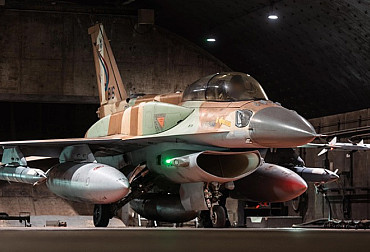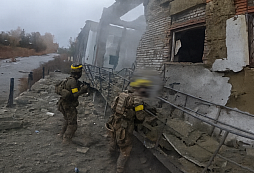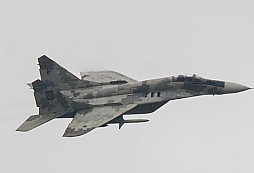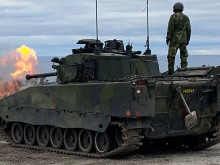Defense Minister Kaliňák: Slovakia needs robust, multi-layered air defense
Recent incidents involving Russian violations of Polish and Baltic airspace have forced NATO's eastern flank countries to seek effective solutions against drone attacks. In this context, an online conference was recently held between the defense ministers of selected EU countries (including Slovak Defense Minister Robert Kaliňák), European Commissioner for Defense Andrius Kubilius, European diplomacy chief Kaja Kallas, and other NATO representatives. Following this videoconference, Kaliňák stated on the television program Politika24 that Slovakia needs to build an air defense system capable of protect Slovakia from drones, missiles, and enemy aircraft.
Modern, multi-layered air defense has long been the Achilles heel of the Armed Forces of the Slovak Republic (OS SR). Until the start of the Russian invasion of Ukraine, the main means of Slovak air defense was the S-300 system, which the Ministry of Defense, led by then-Minister Jaroslav Nadě, subsequently donated to the attacked country. As Robert Kaliňák stated in an interview on the Politika24 program, the S-300 system, despite the fact that it had not been modernized, was still functional and capable of protecting Slovakia's territory. Even today, according to Robert Kaliňák, Ukraine is interested in missiles for this system. In 2023, the then leadership of the Slovak Ministry of Defense also donated MiG-29 fighter jets to Ukraine.
The situation regarding Slovak air defense was to be improved by the delivery of MANTIS systems, which Germany decided to permanently deploy in Slovakia. However, according to Kaliňák, this air defense system is unable to communicate with other Slovak air defense assets and thus fulfill the required functions. After the S-300 system was donated to Ukraine, several allied countries participated in the protection of Slovak airspace, but the deployment of their own air defense systems on Slovak territory was only a temporary solution.
At the end of last year, Slovakia decided to purchase Barak MX air defense systems from Israel. A total of six batteries of these medium-range systems will cost our eastern neighbor €560 million. According to the head of the Slovak ministry, these six sets will be able to protect not only military facilities but also critical state infrastructure. However, Robert Kaliňák also added that this is only one layer of air defense and that additional layers will be needed to protect Slovakia against drones.
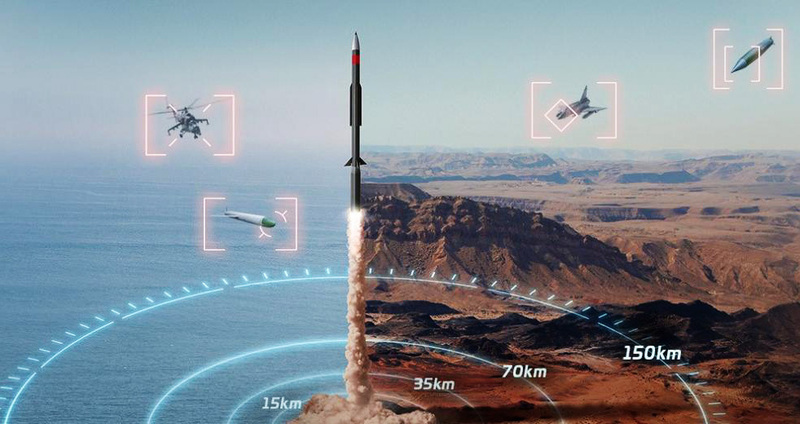
Drones are currently one of the most widely used tools in combat operations. This is mainly due to their low acquisition cost and relatively high effectiveness in destroying targets. It is therefore necessary to build an effective defensive barrier against this threat, which was also the subject of the recent videoconference of defense ministers from some EU member states. Robert Kaliňák said that discussions are currently underway on financing a project to create a protective shield against drones across NATO's eastern flank. According to the Slovak defense minister, the primary source of funding could be European funds.
However, effective solutions to combat drones are also being sought at the level of individual states. According to Kaliňák, Slovakia is working on several solutions. One of them is the use of anti-drone effectors. Effectors comprise a set of tools that can be used to safely take control of drones. These include jammers, drone deception systems, electronic warfare tools, laser weapons, special projectiles, and launchable nets. According to Kaliňák, the main goal is to find the cheapest solution that is also sufficiently effective—shooting down drones with missiles from air defense systems is, in his opinion, too expensive, ineffective, and—if the swarm consists of hundreds of drones—unrealistic.
In terms of building a multi-layered air defense system, Slovakia will need systems that protect it against all types of drones – from the smallest FPV drones to loitering munitions and combat unmanned systems. At the same time, it is necessary to have the means to combat fighter jets, helicopters, and missiles, as well as an overview of the state of the airspace, for which, according to Kaliňák, both active and passive radar systems should be used. The combination of these systems is very important for Slovakia due to its rugged terrain. In connection with radars, Slovakia has already ordered modern ELM-2084 systems from the Israeli company ELTA Systems to replace outdated Cold War technology, but not a single unit has yet been delivered from Israel.















